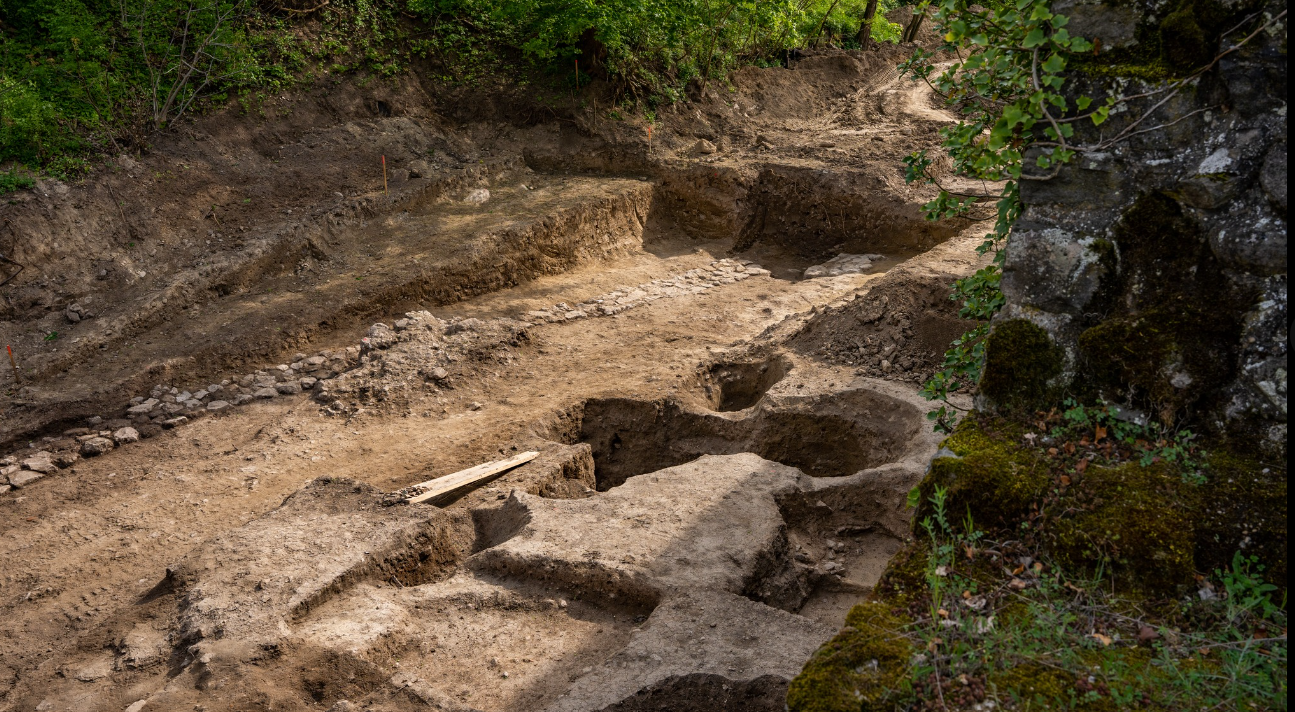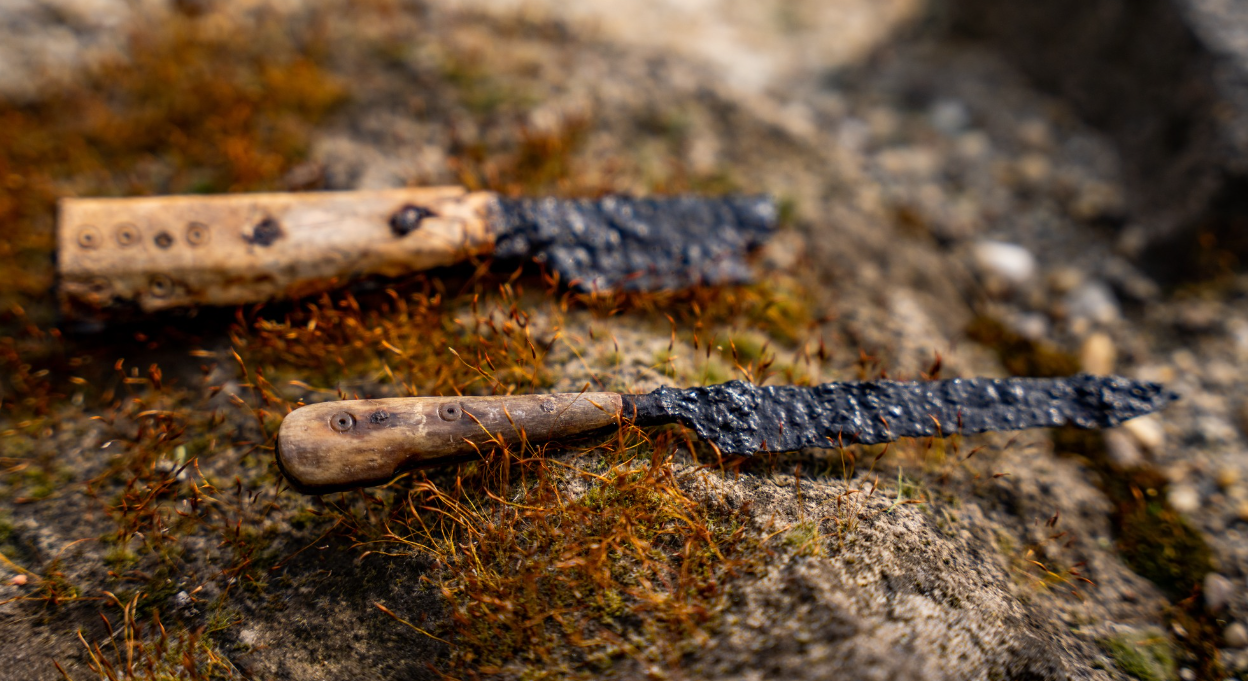A 14th-century church lost to time has been discovered beneath a tennis court in Hungary.
Others are reading now
In a remarkable archaeological discovery, the ruins of the Church of the Virgin Mary, dating back to the 14th century, have been unearthed beneath a tennis court in Visegrád, Hungary.
Constructed during the reign of King Sigismund of Luxembourg, the church was part of a Franciscan monastery adjacent to the royal palace.
Visegrád is renowned for its fortified medieval castle atop a hill overlooking the Danube, marking it as a site of historical significance. King Sigismund, who also held titles as the king of Germany, Bohemia, Hungary, and Croatia, and later became the Holy Roman Emperor until his death in 1437, founded the monastery next to his palace.
Also read

Historical Insights and Future Plans
The discovery was made during the excavation of the tennis court that was built over the former Franciscan monastery.
On the first day of the excavation, archaeologists uncovered remnants of the church and a crypt in front of the high altar, where they found the remains of three bodies. Artifacts found with the bodies, including a spur and several lead shots, suggest they were likely soldiers.
A copper bowl, also found at the site, showed indentations possibly made by weapons, indicating the church might have been the scene of looting and a violent clash.
This area witnessed numerous historical events, including Visegrád’s capture by the Ottomans in the sixteenth century, after which the building is believed to have collapsed.
Further traces of an Ottoman settlement were discovered in the lower, fortified part of Visegrád, including coins, an Ottoman cemetery, and an oval-shaped oven.

The Renaissance of Visegrád Castle
These findings are part of the ongoing Visegrád Renaissance Development Program, launched in 2021 to revitalize and restore Visegrád Castle and its surroundings.
The program aims to rebuild the Royal Palace, the Visegrád Citadel, and Solomon’s Tower. It also includes connecting the castle system’s upper and lower levels and making the complex more pedestrian-friendly.
The restoration work will be conducted in stages to ensure that visitors can still access the citadel, lower castle, and parts of the Royal Palace during the reconstruction.


